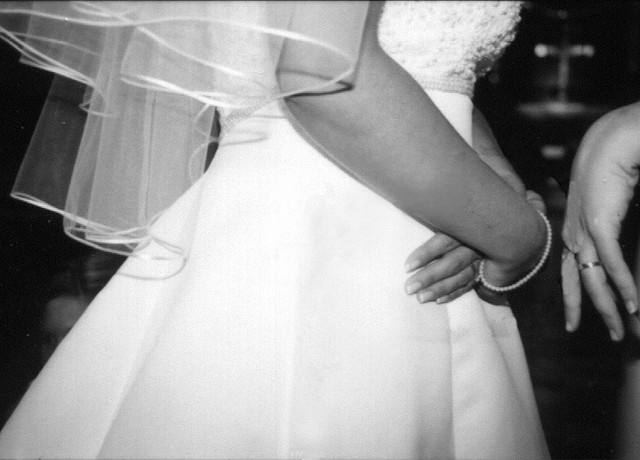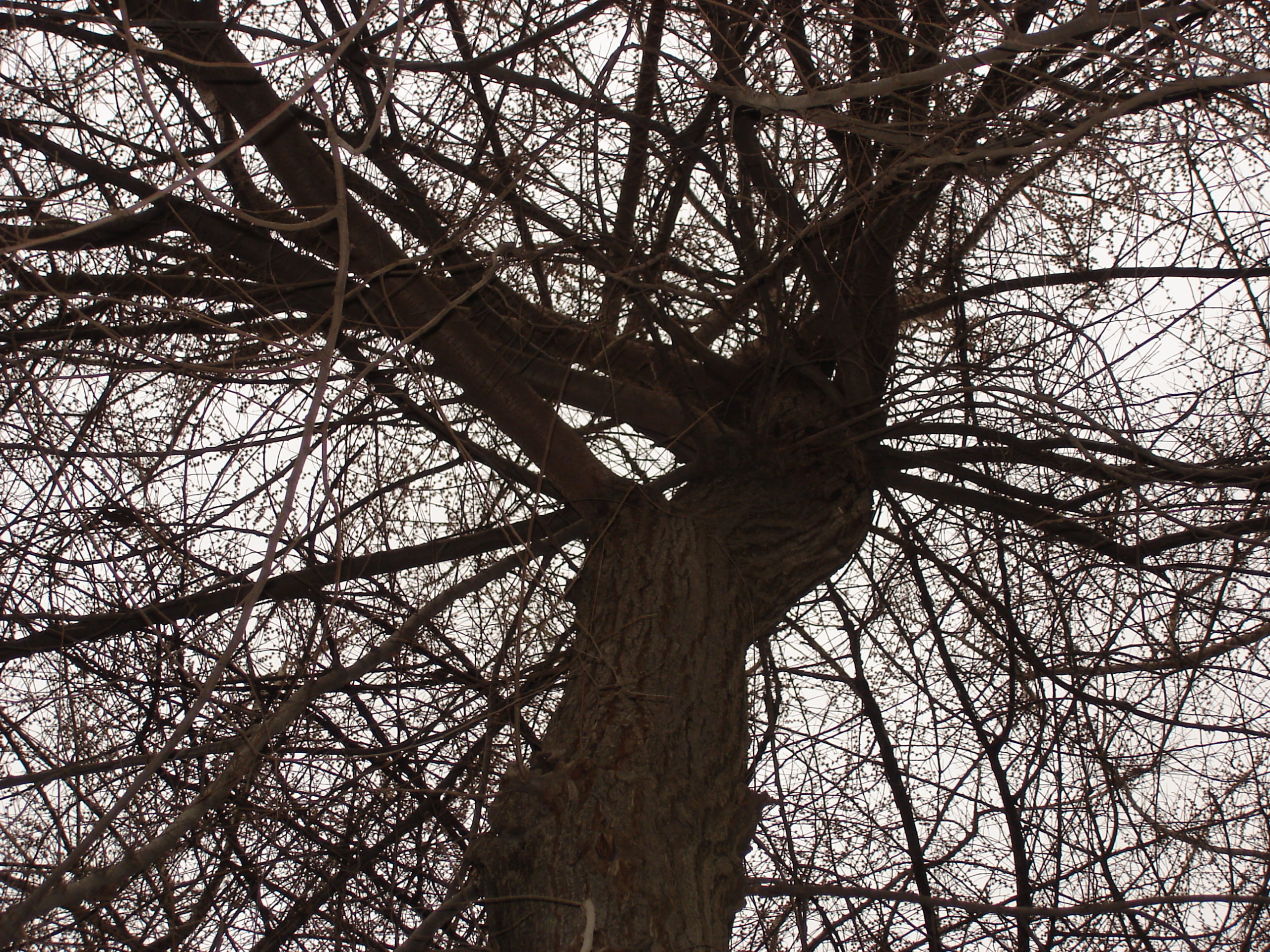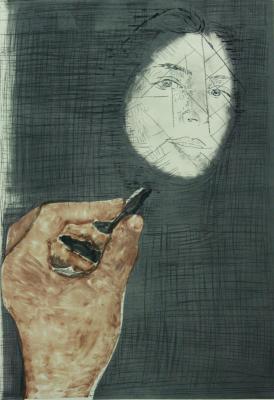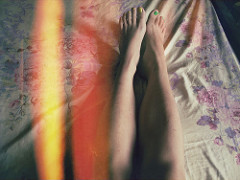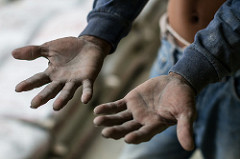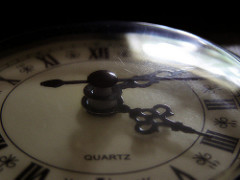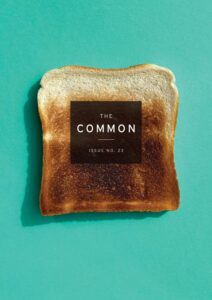This month’s poetry feature showcases work from new books by our contributors.
All posts tagged: Poetry
The Hours
From In the Time of Rat
By NORMAN LOCK
The Common is pleased to present the opening pages of Norman Lock’s book-length poem, In the Time of Rat, which will be published by Ravenna Press this winter (2013). In a “narrow measure” muscular as Skelton’s but with the wit, precision, and grace of bonsai, Lock delivers the story of Nicolaas Jansen, “soldier/deserter,” insurgent subject and celebrant of Rat. Not since Ted Hughes’ Crow have we encountered a figure with this much disturbing gravity and charisma, and Rat is the more cunning and mercurial of the two. By the book’s end he has become God’s mimic and shadow, double to soldier and state, patron and incarnation of the impulse to war, that force relentlessly “turning/ what is human into/ meat.”
Review: Collected Poems
Book by JACK GILBERT
Reviewed by

The San Francisco Renaissance, that loose federation of poets and novelists who gathered in the Bay Area after World War II, is most famous for having organized the first public reading of Allen Ginsberg’s “Howl” (and thus given birth to the Beat Generation), but its influence was more far-reaching than that. It was also more varied. As with any renaissance, this one was cliquish, even factional: while Ginsberg cultivated his image as a twentieth-century Whitman and Kerouac descended from madcap literary celebrity to middle-aged alcoholism, a lesser-known group of near-surrealists gathered at the State College of San Francisco for a workshop called “Poetry and Magic.” Taught by Jack Spicer, the workshop combined a modernist aesthetic with elements of ‘theosophy,’ a strain of mysticism that, earlier in the century, had captured the imagination of William Butler Yeats. “Poetry and Magic” occasioned a kind of sub-renaissance (sometimes called ‘the Berkeley renaissance’), and it had a notable influence on a number of successful American poets, including the young Jack Gilbert, who died in mid-November at the age of eighty-seven. His Collected Poems were published in March, 2012, not long before his death.
The Book of Ikons
By KATHERINE HOLLANDER & ALLA LAZEBNIK
Alla and I were introduced through a project that paired poets and painters affiliated with Boston University. Walking into her studio was like seeing all the things I wish my poems could do in language. We selected my five-poem series, “The Book of Ikons,” to work on together. This series (which also includes poems about Osip Mandelstam and Angelika Balabanoff, both Russian, like Alla), posits as worthy of iconography five historical figures, all of whose relationship with socialism was complicated by Soviet Communism, violence, or anti-semitism (three subjects also important to us). We wanted to explore the faith, hope, disappointment, transcendence and danger inherent in these ideals.
Alla created large-format monoprints, which became the digital images presented here, to be paired with the poems like facing panels in an icon screen. Rather than just creating illustrations, her images interact with and embody the poems. Like iconic images, these figures are idiosyncratic and not wholly accurate (for example, the little story about Kautsky is actually a conflation of several historical incidents). They capture what these figures mean to us, even if they are rooted in a reality that is at least partially imaginary.
Poems by Bruce Bond and Paintings by Aron Wiesenfeld
Poems by BRUCE BOND and Paintings by ARON WIESENFELD
Scenic View
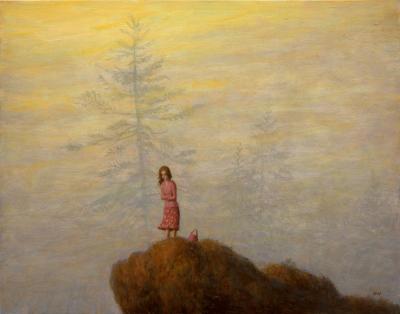
The woman alone atop the precipice,
what does she fear more, falling or jumping,
Portrait of Our Death
There were four of us, following a dirt road which began
in the foothills and went right up into the mountains
where a little cottage was waiting for us.
The Other One
By NADINE BOTHA
I could find a million nuances for how to improve me and influence my life,
as though, if I could just identify that one—like The One, the love—
I would know, it would know and that would be that.
Writer
I keep my tools
hidden,
until the sun rasps
its black breath over
the suburbs. Only then
The Body
the Body rearranges
itself around
the other. points of entry and exit,
embraces. Embraces. the
thrill of skin. density
surrenders to Liquid. semen, blood,
mucous, milk. the Body yields to
